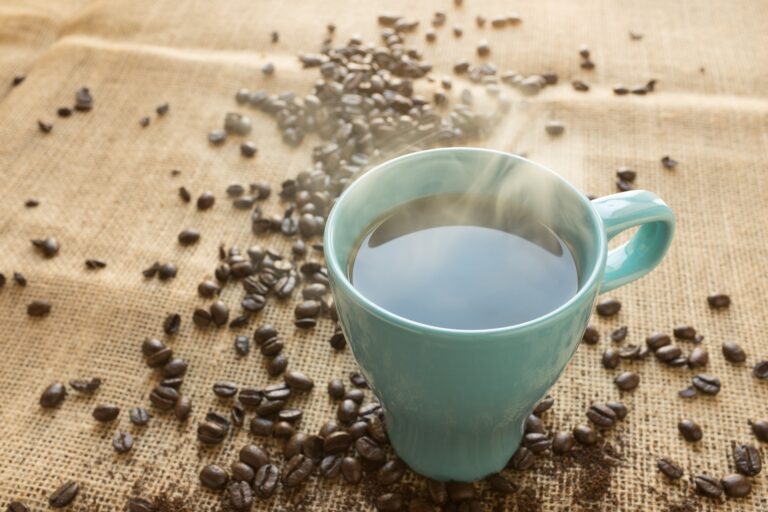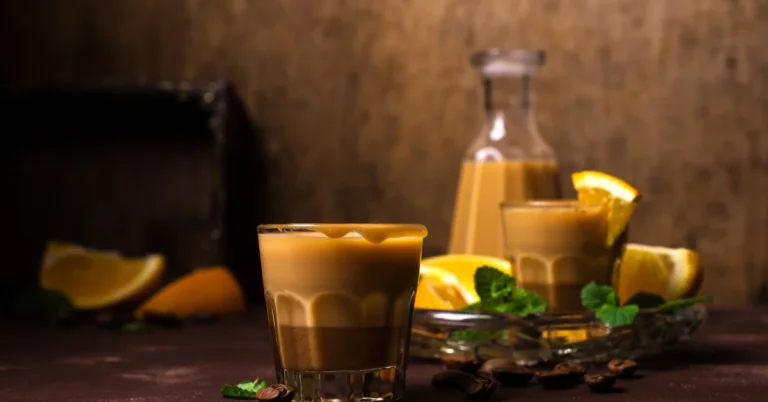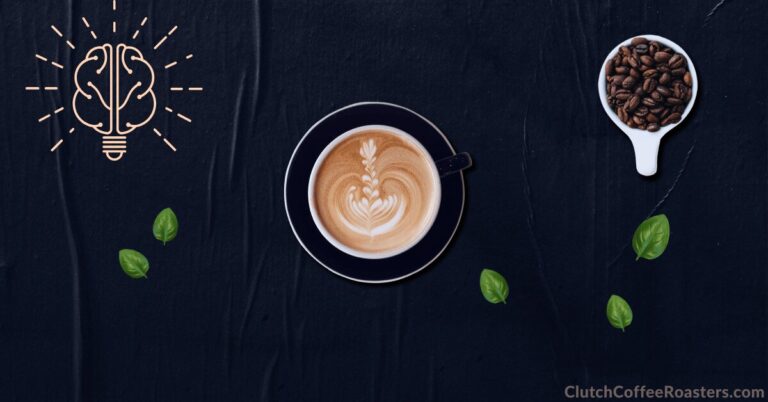Let’s face it: Nobody really likes decaffeinated coffee. We drink it because we want a coffee experience but we don’t want the caffeine that comes with it.
We all have our reasons for not wanting caffeine (problems sleeping and health issues being top of the list), so let’s not judge. The fact that you want decaf and I want regular shouldn’t require an explanation and it certainly doesn’t give anybody permission to ridicule somebody else.
So how do we make the decaf experience more enjoyable?
I learned a lot while I was researching and sampling decaffeinated green coffees. A couple of the big things I learned were:
- Water process decaffeination is best because it keeps more of the bean’s flavor and doesn’t use weird chemicals, and…
- No matter which decaffeination process is used, flavor suffers
Flavor suffers because many of the components in the green coffee beans that make up the flavor are either washed out or their organic/chemical makeups are altered in the process. There isn’t anything that can be done about it—It’s just a simple fact. Even the best coffee beans in the world will taste so-so after being decaffeinated.
So I got to thinking: If some of the coffee’s flavor components have been washed out (such that there are now fewer of those components), can I compensate for that loss? Fortunately, the answer is yes! And the show is actually pretty simple.
Here are four things you can easily do to make your decaf coffee experience taste better.
- Buy good quality, freshly roasted, whole bean coffee. That sounds like a no-brainer, right? Even though it’s “only decaf,” even decaf drinkers appreciate a good cup of coffee.
- Use more coffee! I have found that increasing the amount of ground coffee used in brewing by 20-30% greatly improves the flavor in the cup. That makes sense, right? Some stuff was washed out, so use more to increase the amount of stuff going into the cup.
- Grind your coffee slightly finer! If you set your grinder on setting 5 (whatever that may mean on your equipment) then try setting 6 for decaf. A slightly finer grind allows the water to penetrate the coffee particles more thoroughly, transferring the flavors from the particles to the brew in your cup. Be careful, though. Grinding too fine will extract more of the undesirable acids from the coffee particles, resulting in bitter flavors.
- Use hotter water! If you have control over the water temperature when brewing, then hotter is better. I brew with 205F water. Hotter water dissolves more of the flavor compounds in the coffee bean particles, transferring those compounds to your cup. Don’t go over 208F, though. You can actually burn the coffee with water, and it doesn’t taste good.
Do not change the amount of time you brew. If you are using a brewing method that requires timing (coffee press, espresso, adjustable drip machine) then use whatever you consider your standard amount of time. When I brew with a coffee press I let the coffee steep for 3.5 minutes, +/- 15 seconds depending on the coffee. Stick with that for decaf, too.
The simplest (and most effective) adjustment is to simply use more coffee. Start there and you will taste an immediate improvement in the flavor of your decaf. Depending on your coffee, a 15% increase may be what you want. Or maybe it’s 15% and a half-step finer grind. Or maybe 25% more and hotter water. How about using 20% and a coffee press rather than the Mr. Coffee machine for decaf?
Experiment and have fun discovering how you can make your decaf coffee experience more enjoyable. With some practice, you will eventually be able to serve decaf coffee so well that your friends won’t notice it’s decaf at all.





